India is at the cusp of a significant energy transformation with the nationwide rollout of E20 petrol, a blend of 20% ethanol and 80% petrol. Introduced in 2025, five years ahead of schedule, this transition is not just a technological shift but a milestone in India’s broader vision of energy independence, cleaner mobility, and sustainable development.
While the government, oil marketing companies, and automobile manufacturers are aligned on the benefits of ethanol blending, many consumers remain skeptical. Questions such as “Is E20 petrol safe for my car? Will E20 fuel side effects damage the engine?, and Does it reduce mileage? continue to dominate discussions.
This article aims to cut through speculation, offering a professional, fact-based explanation that separates myths from reality and highlights the true E20 petrol benefits for consumers and the nation alike.
Understanding E20 Petrol
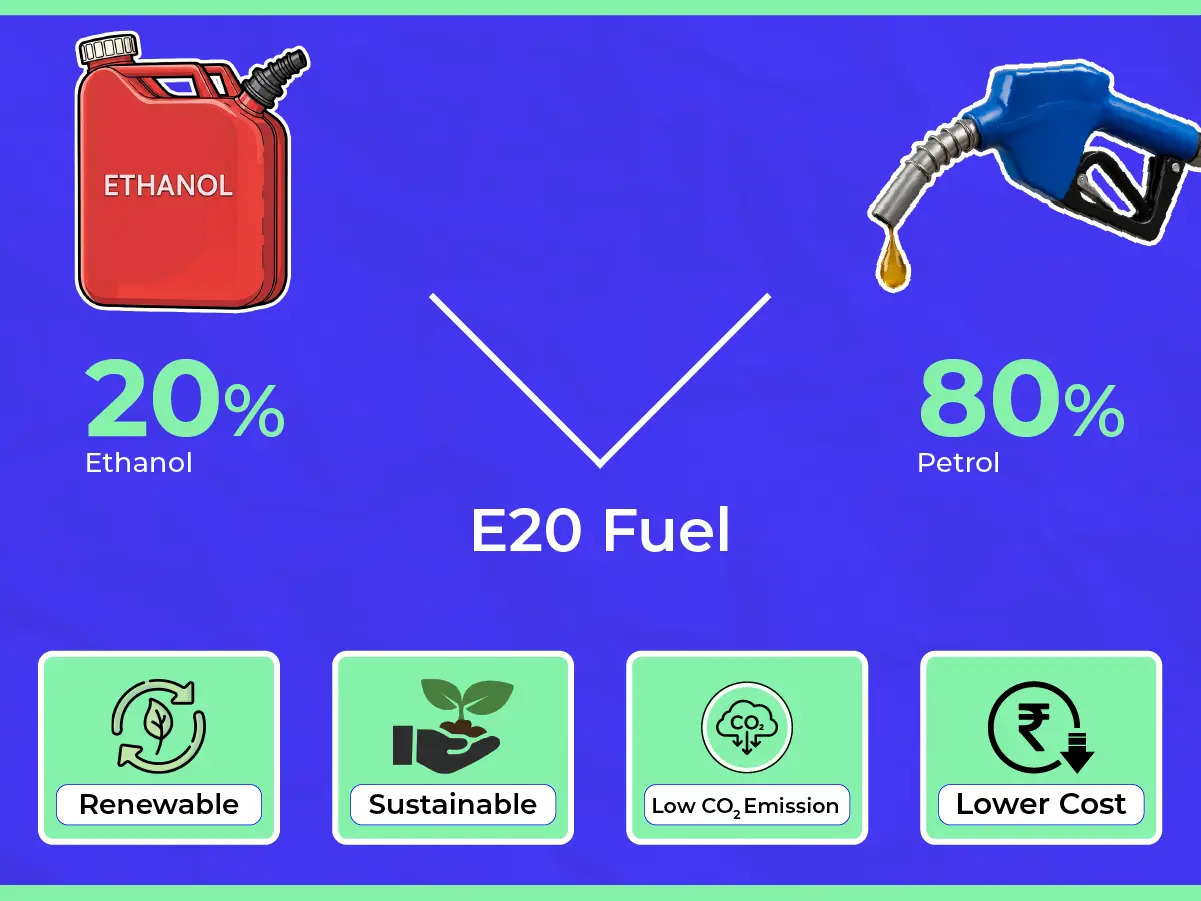
At its core, E20 petrol is part of a global strategy to reduce reliance on fossil fuels by blending renewable biofuels into conventional fuel. Ethanol, the key component, is derived primarily from sugarcane, maize, broken rice, and agricultural residues.
Why Ethanol ?
Ethanol is a clean-burning, oxygenated fuel that offers multiple advantages:
- Cleaner environment: Reduces carbon monoxide, hydrocarbons, and particulate matter in emissions.
- Energy security: India spends nearly $160 billion annually on crude oil imports. Ethanol blending curtails this dependence.
- Farmer empowerment: Increased ethanol demand provides a new income stream to rural communities.
- Cost benefit: In several regions, E20 petrol price is slightly lower than regular petrol.
Thus, ethanol is not just a fuel, it is an instrument of economic, environmental, and social resilience.
Myth vs Reality
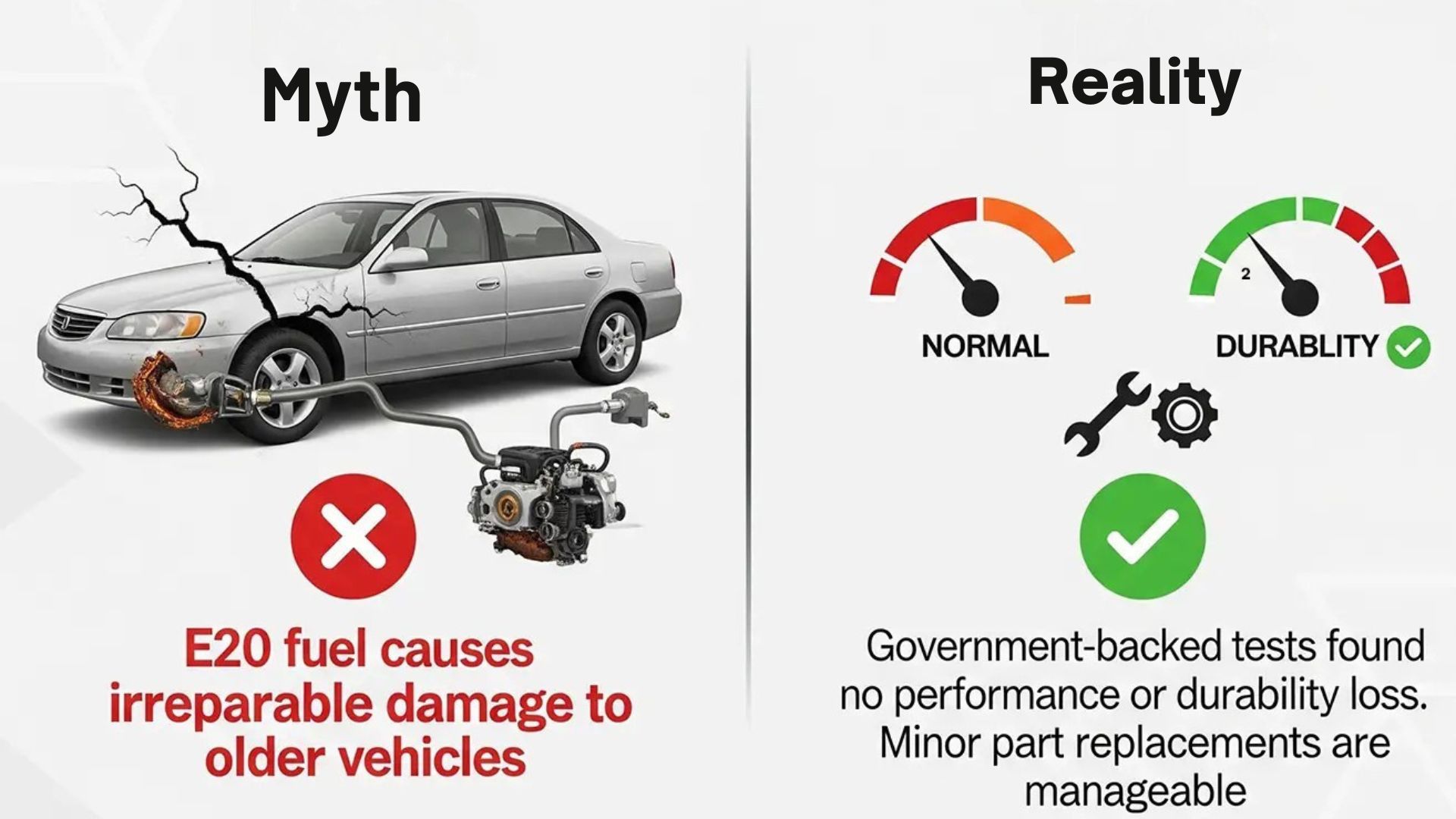
Despite its advantages, myths surrounding E20 fuel side effects persist. Let us examine them one by one.
Myth 1: E20 Petrol Causes Severe Engine Damage
Reality: Multiple studies by ARAI (Automotive Research Association of India) and Indian Oil show that modern E20-compatible vehicles perform without significant wear or malfunction even after 100,000 km of testing.
BS6 vehicles manufactured after April 2023 are factory-ready for E20.
Older vehicles may require minor replacements of rubber hoses or seals, but this is routine maintenance, not a design flaw.
Myth 2: Mileage Drops Drastically with E20
Reality: Ethanol has lower calorific value than petrol, but the real-world E20 petrol mileage impact is modest:
- New E20-ready vehicles: 1–2% lower mileage.
- Older vehicles: 3–6% lower mileage.
Manufacturers have optimized BS6 engines to maintain fuel efficiency E20, ensuring negligible consumer impact.
Myth 3: Ethanol Causes Corrosion
Reality: Ethanol can attract moisture, but modern fuels are blended with corrosion inhibitors under Bureau of Indian Standards (BIS) norms. Moreover, carmakers now use ethanol-resistant alloys and polymers in engines. Corrosion concerns are valid only for vehicles built before 2010.
Myth 4: E20 Equals Adulterated Fuel
Reality: Unlike illegal kerosene mixing, ethanol blending is a government-regulated, quality-controlled programme. In fact, ethanol increases the octane rating of fuel, leading to improved combustion and better vehicle performance.
Myth 5: Insurance Claims Get Rejected if You Use E20
Reality: Since E20 is an officially certified and mandated fuel, using it does not void insurance policies. Insurers have confirmed that engine damage E20 risks are covered under standard terms.
Myth 6: Ethanol Production Threatens Food Security
Reality: India’s ethanol roadmap emphasizes second-generation biofuels made from agricultural waste, crop stubble, and non-food biomass. This ensures ethanol content does not compete with food grain requirements.
Myth 7: E20 Leads to Engine Knocking
Reality: Ethanol’s high octane rating actually improves combustion stability. Knocking is more common with low-octane fuels, not ethanol blends. Only older pre-BS4 engines may need minor adjustments.
Myth 8: Mileage Benefits are Negligible
Reality: While E20 may slightly reduce mileage in older vehicles, the E20 petrol price advantage often offsets this difference. Over time, consumers save on running costs while contributing to a cleaner environment.
Myth 9: Storage Issues Make E20 Unstable
Reality: Ethanol blends require proper storage, but oil companies already maintain E20 petrol storage protocols to ensure product stability. For consumers, there is no difference at the pump.
Myth 10: E20 is Purely a Political Move
Reality: Far from symbolic, E20 is backed by fiscal reforms, such as lower GST on ethanol (5% vs 18%) and excise duty exemptions. It is a strategic policy designed to balance environmental goals, economic savings, and agricultural growth.
Tangible Benefits of E20 Petrol
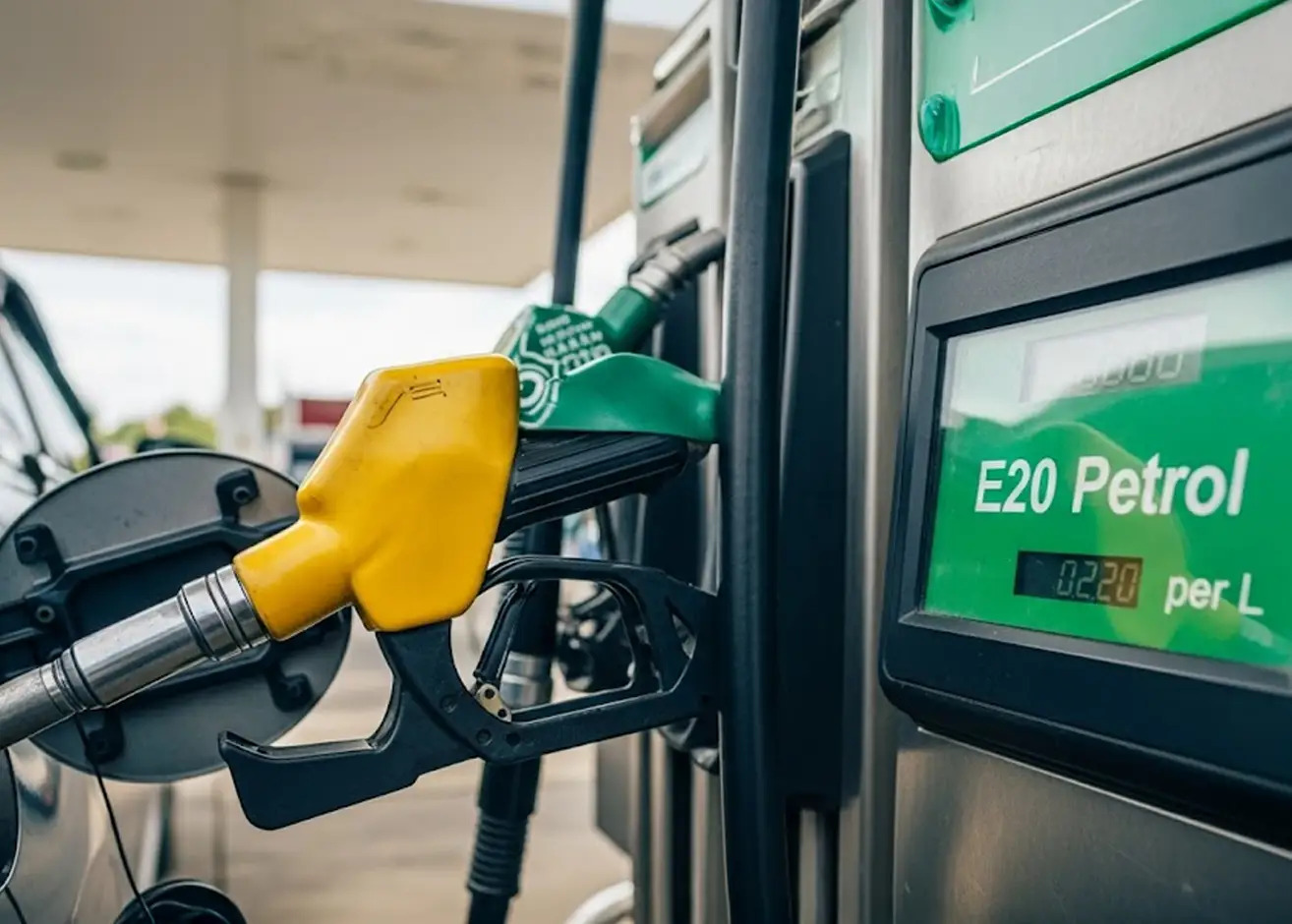
- Environmental Gains – Cleaner combustion reduces carbon and particulate emissions, improving urban air quality.
- Energy Security – Lower crude imports strengthen India’s balance of payments.
- Performance Boost – High-octane ethanol enables smoother acceleration and reduced knocking.
- Farmer Income Growth – Crop residue gains economic value, reducing rural distress.
- Competitive Pricing – E20 petrol price is positioned to benefit consumers.
- Long-Term Sustainability – A key step toward India’s net-zero 2070 target.
Industry and Regulatory Preparedness
The rollout of E20 is supported by three pillars:
- Fuel Standards: BIS has framed strict protocols for blending and distribution.
- Automotive Industry: Carmakers such as Maruti, Hyundai, and Tata have already released E20-compatible models.
- Oil Marketing Companies: IOCL, BPCL, and HPCL are rapidly expanding E20 pumps across cities and semi-urban markets.
Together, this ensures consumer safety, vehicle compatibility, and long-term adoption.
E20 vs Regular Petrol
|
Parameter |
Regular Petrol |
E20 Petrol |
|
Ethanol content |
0–10% |
20% |
|
Octane rating |
Standard |
Higher |
|
Fuel efficiency |
Normal |
1–6% lower |
|
Engine safety |
Safe |
Safe in E20-ready vehicles |
|
Environmental footprint |
Moderate |
Lower emissions |
|
Price |
Standard |
Often slightly lower |
Conclusion
The adoption of E20 petrol is one of the most progressive moves in India’s energy journey. While myths around engine damage, mileage loss, or fuel instability persist, extensive research and real-world trials prove these concerns are largely unfounded.
For consumers, the shift is seamless, modern vehicles handle E20 effortlessly, while the E20 petrol benefits far outweigh the marginal trade-offs in mileage. For the nation, the transition strengthens energy security, boosts rural incomes, and aligns with global climate goals.
In essence, E20 petrol is not just another fuel, it is a strategic enabler of India’s sustainable future. By moving past myths and embracing facts, consumers can drive with confidence, knowing that their choice contributes to cleaner air, reduced oil dependence, and economic resilience.


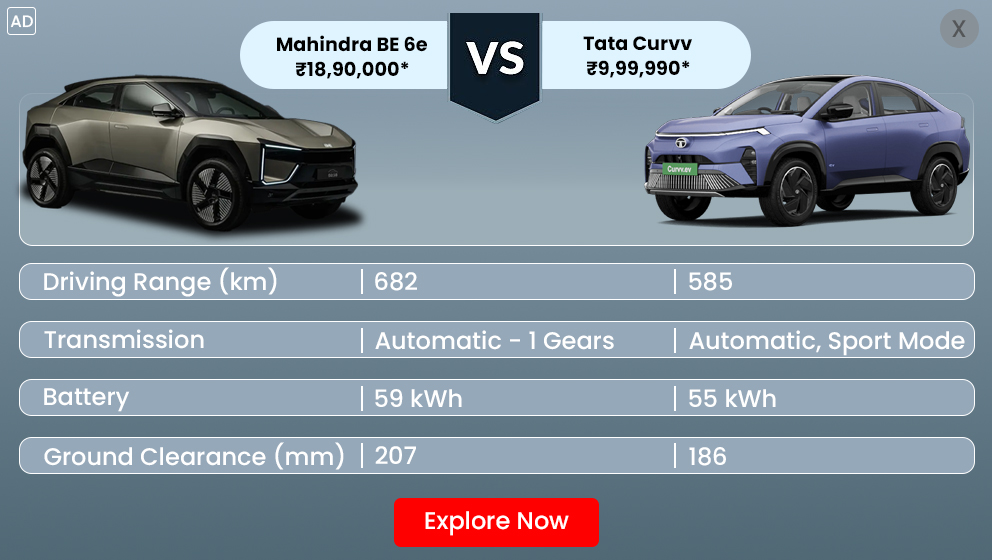

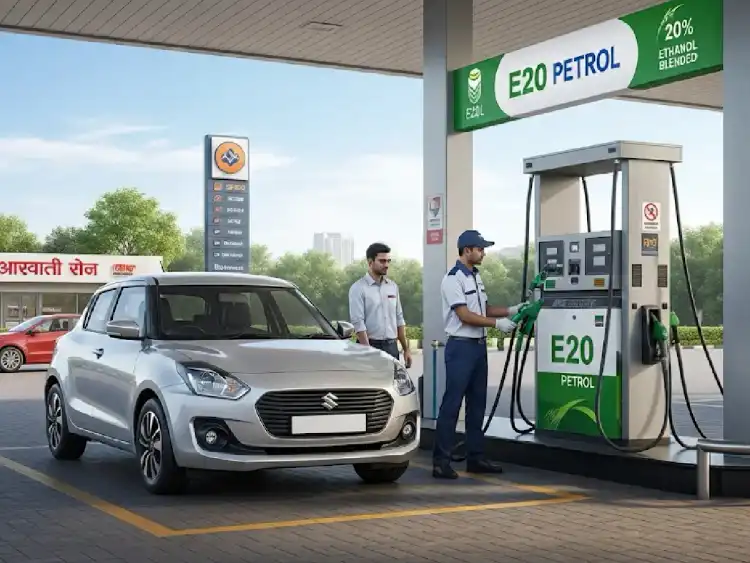
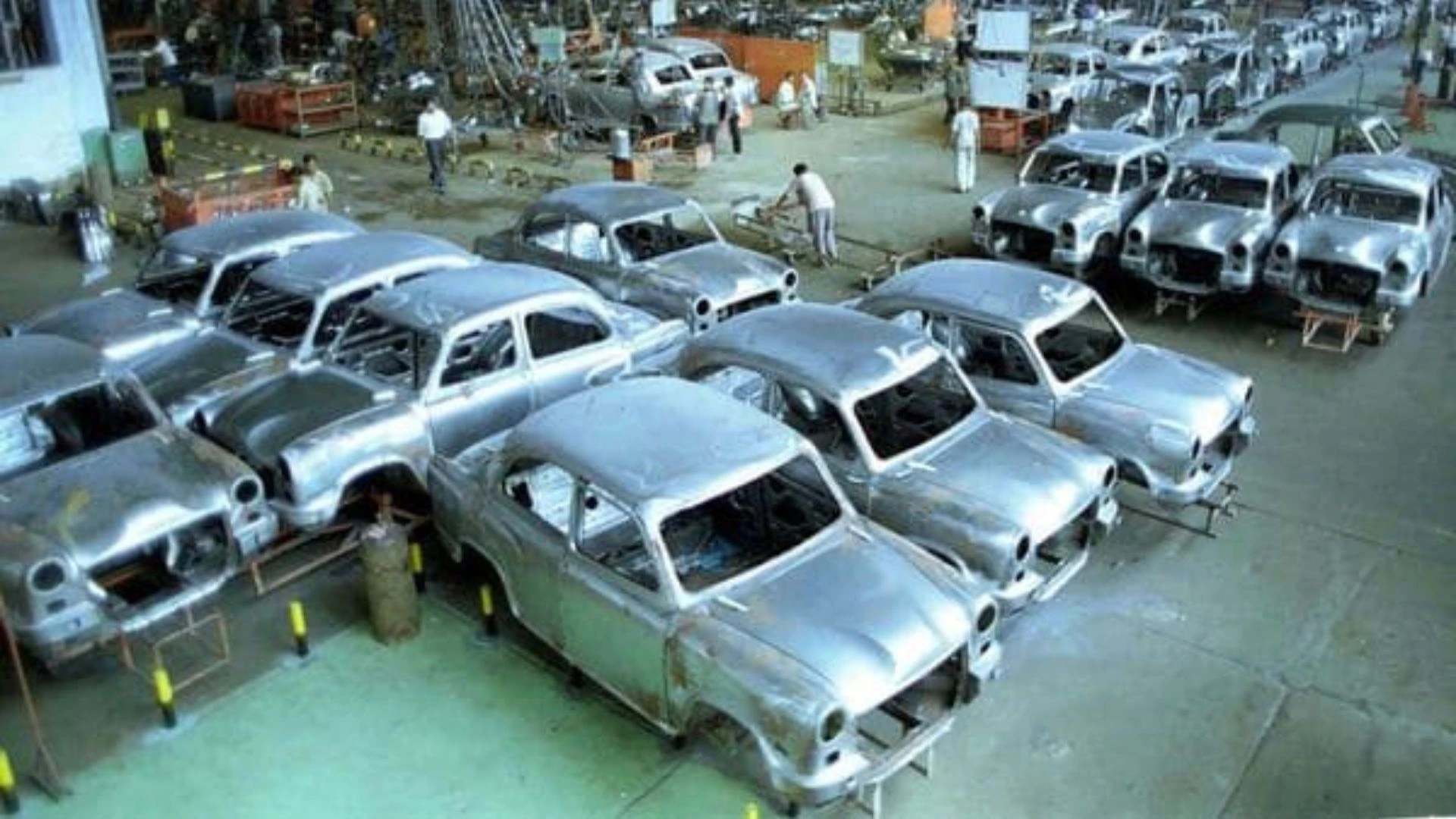
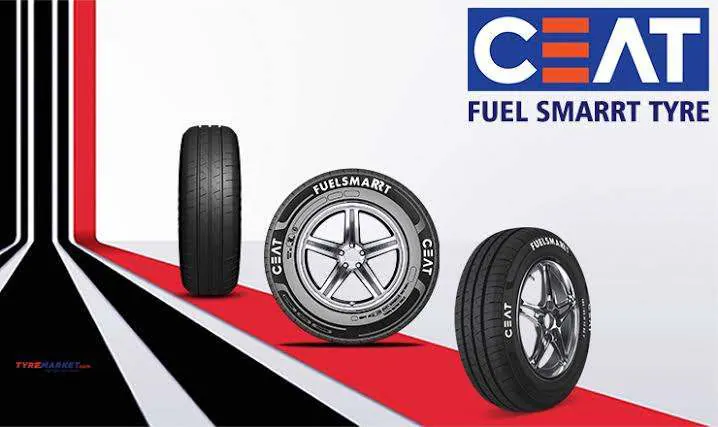



_1766570474.webp)